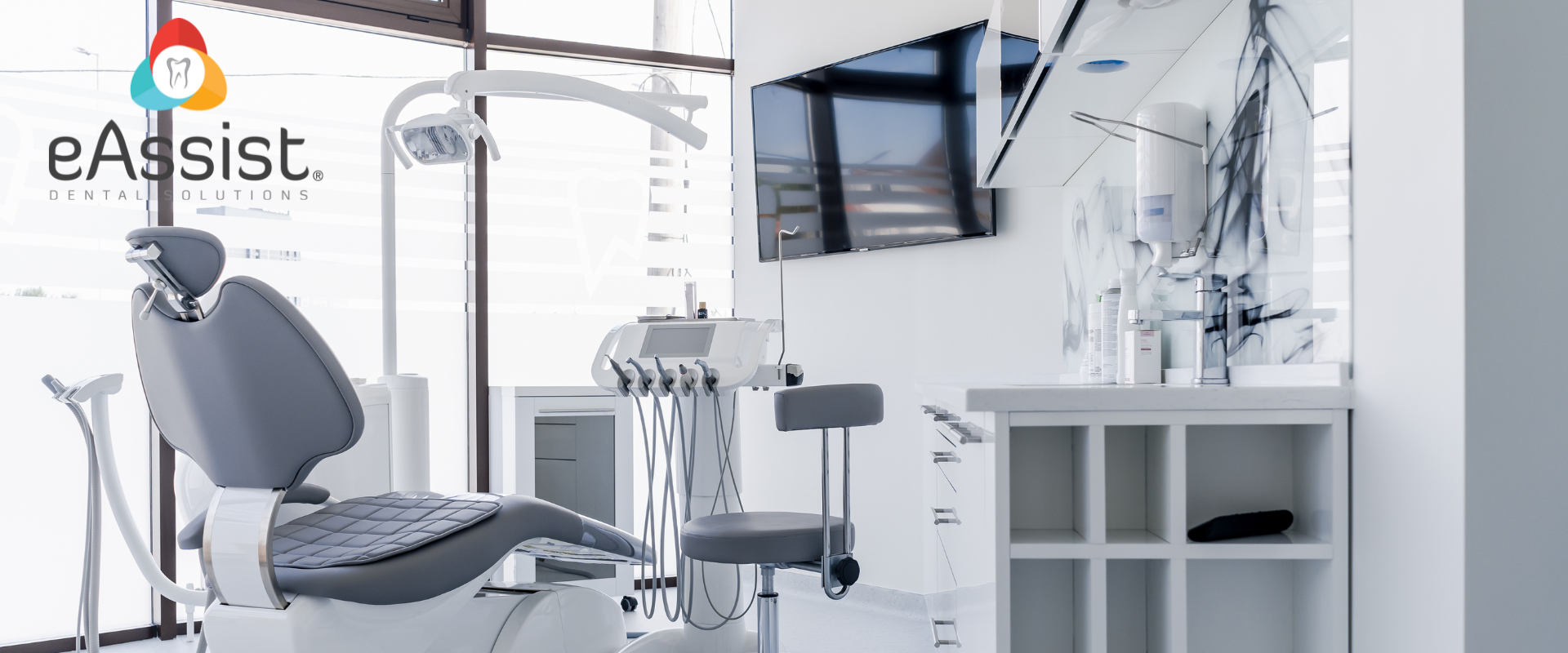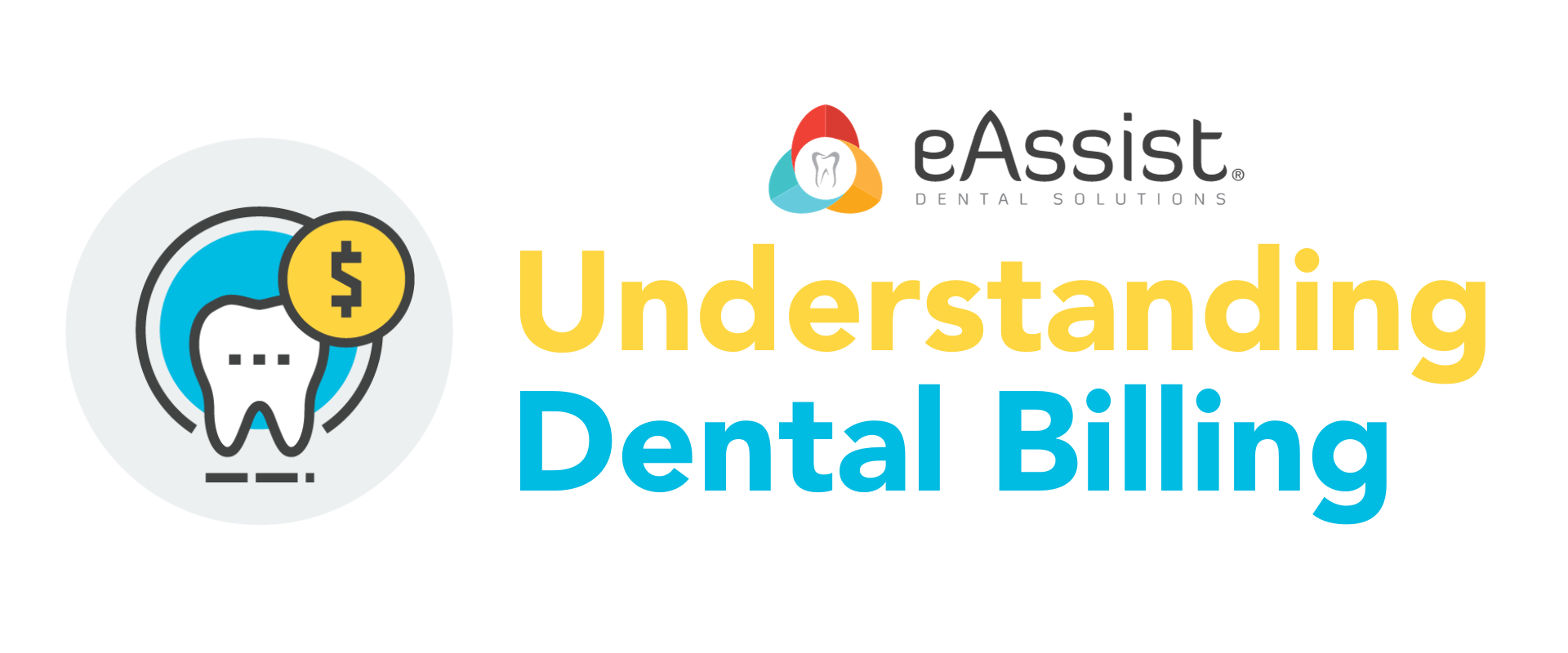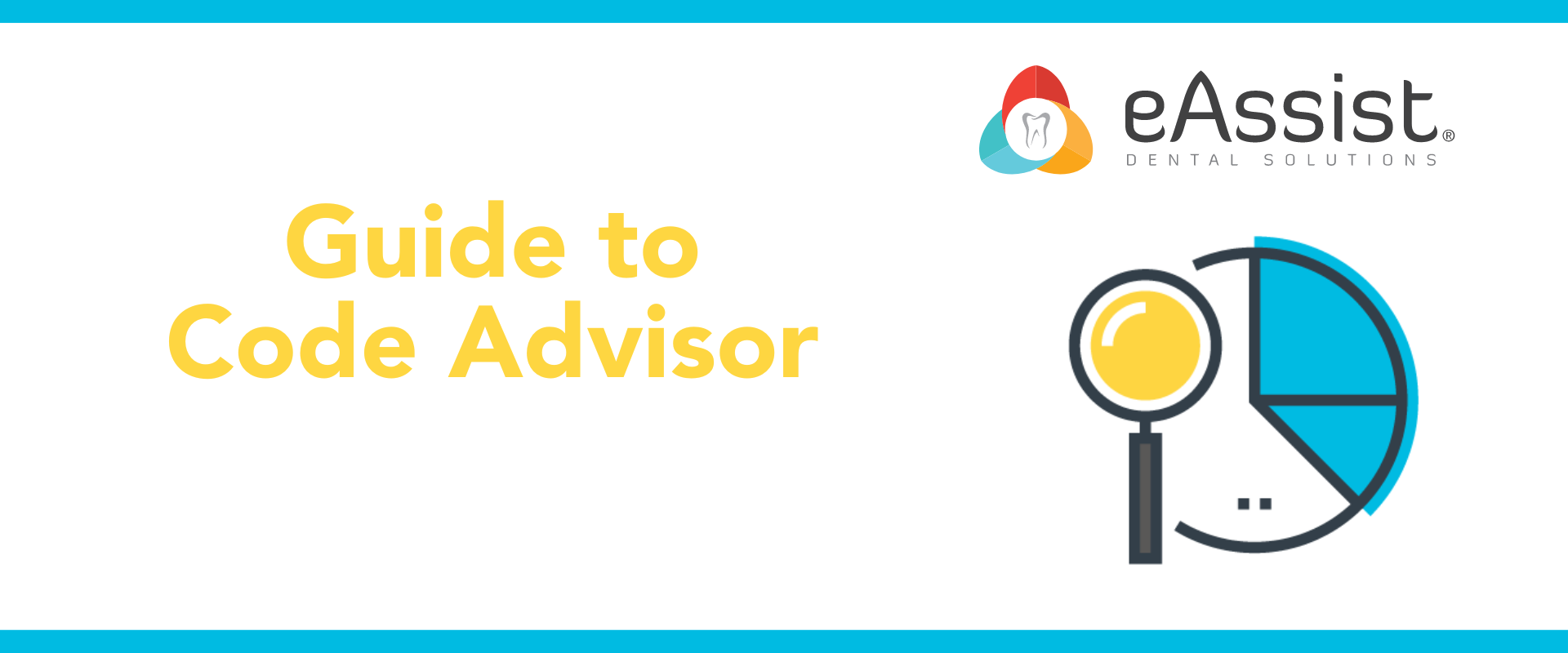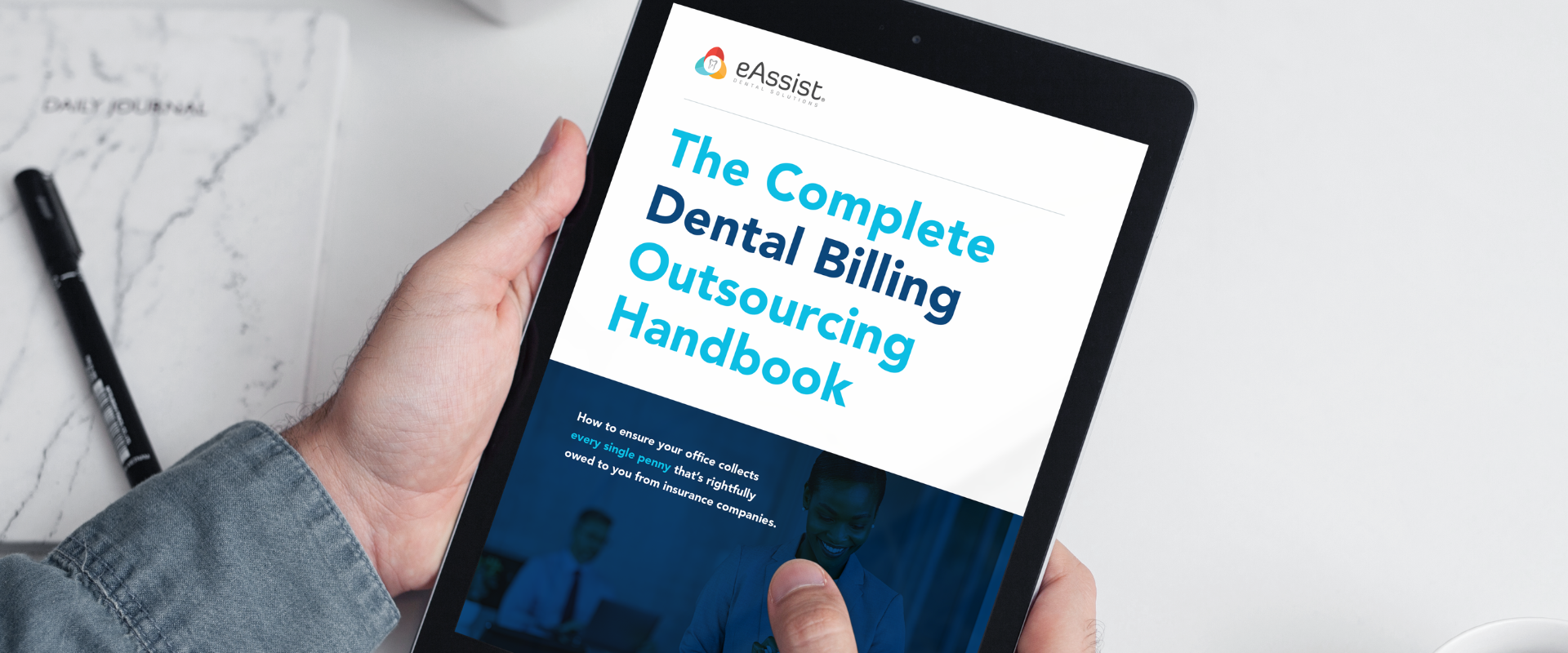Dental billing is essentially submitting a dental claim to an insurance company in order to be reimbursed for treatment completed. It may sound like a simple process but in our current era of ever-evolving CDT codes, increased insurance regulations, and medical-dental integration there’s a lot more to it than meets the eye. In the following we’ll review several aspects of dental billing so you may better understand its process.
Credentialing
Any time a new doctor joins a practice, it’s important that they’re properly credentialed before billing insurance claims for treatment they completed. While it’s true that several insurance companies will process claims out of network there are an equal amount of carriers that will not. Sometimes the same carrier may have some plans that process out of network and some plans that don’t. When a carrier doesn’t process out of network the claim is immediately denied, and there is no recourse for appeal. When dealing with PPO providers, consider outsourcing credentialing to Unitas PPO Solutions. Credentialing can be a time-consuming process but it’s essential to gain the most revenue from your dental billing.
Insurance Verification
Before billing a dental claim, it’s essential to verify the patient’s insurance plan. Although it may seem like a simple task there are several factors that need to be confirmed to bill out a claim properly. For instance, you’ll need to know the plan’s effective dates, the deductible amount, and the annual maximum limit. You’ll also want to know whether or not certain treatments are covered, the percentage they are covered at, and any frequency limits that may apply. In addition, there are potential age limits, missing tooth clauses, alternative benefit downgrades, and various other factors to consider. Remember, every plan is different and will need to be verified for each patient. As insurance verification does take a significant amount of time, consider outsourcing it to concentrate on other important aspects of billing.

CDT Codes
Every year the ADA approves changes to CDT codes, adding new ones, updating others, and eliminating those that no longer apply. For instance, effective January 1, 2024, there will be 16 CDT code changes. Incorrect coding is a leading cause of insurance claim denials, so it’s essential to always be up to date with coding to correctly bill claims. To stay up to date, continuing education is key and an excellent resource is the manual Dental Coding with Confidence, from Dr. Charles Blair’s Practice Booster, which has already been updated with the 2024 changes. Keeping current with CDT codes is essential to successful dental billing.
Insurance Billing
Once a doctor has been credentialed, insurance has been verified, and correct CDT codes have been applied, it’s time to bill the claim, but there are several factors to consider before sending it to the insurance company. For instance, the ADA form needs to be filled out completely and correctly and include all necessary attachments. If an HMO plan is billed, include a referral for any specialty treatment, and, if a secondary plan is billed, include the primary EOB. There are also x-rays and intraoral photos, clinical narratives, and additional supporting documents like periodontal charts, chart notes, and lab reports that need to be considered. Whether billing electronically or on paper, a completed claim form and all necessary documents are essential to get a claim paid.

Insurance Appeals
In a perfect world, a claim is billed and in a matter of time payment is received. Unfortunately, often the opposite occurs and the insurance company denies the claim. Luckily, there’s usually an opportunity to appeal. Initially, it may seem like it’s simply rebilling the claim but it’s much more. Once a denial is received, the insurance company is not inclined to change their mind and you will need to convince them to do so. It’s very important to appeal the claim according to their standards. Some require a paper appeal instead of electronic and others require a specific form to be completed. The attachments need to be much more detailed and enlarged X-rays and comprehensive doctor narratives are key to getting a denial overturned. Much care needs to go into insurance claims and even more care needs to go into their appeals.
Medical Insurance
Currently, medical-dental integration is becoming increasingly commonplace in the healthcare field. For dental offices, this means much more interaction with medical insurance carriers, so it’s important to verify the patient’s medical insurance plan as well as their dental plan when planning treatment. Certain treatments, like oral surgery, are regularly covered by medical plans, and, even if not, many dental carriers are requiring claims be submitted to them before even processing the dental claim. Billing medical plans is quite different from billing dental plans. A CMS 1500 claim form is used instead of the ADA claim form and there are different codes, CPT and ICD-10, that are applied. To assist, it helps to have a medical dental coding manual on hand and Practice Booster’s Medical Dental Cross Coding with Confidence is an excellent option.
As you can see, dental billing is a much more involved process than it may seem. Luckily, in this day and age, there are several resources to help you along the way. One excellent resource is outsourcing. At eAssist, the Success Consultants who use our platform are highly experienced in all aspects of dental billing and will ensure your dental claims are paid. To learn more, complete the form below.








0 Comments